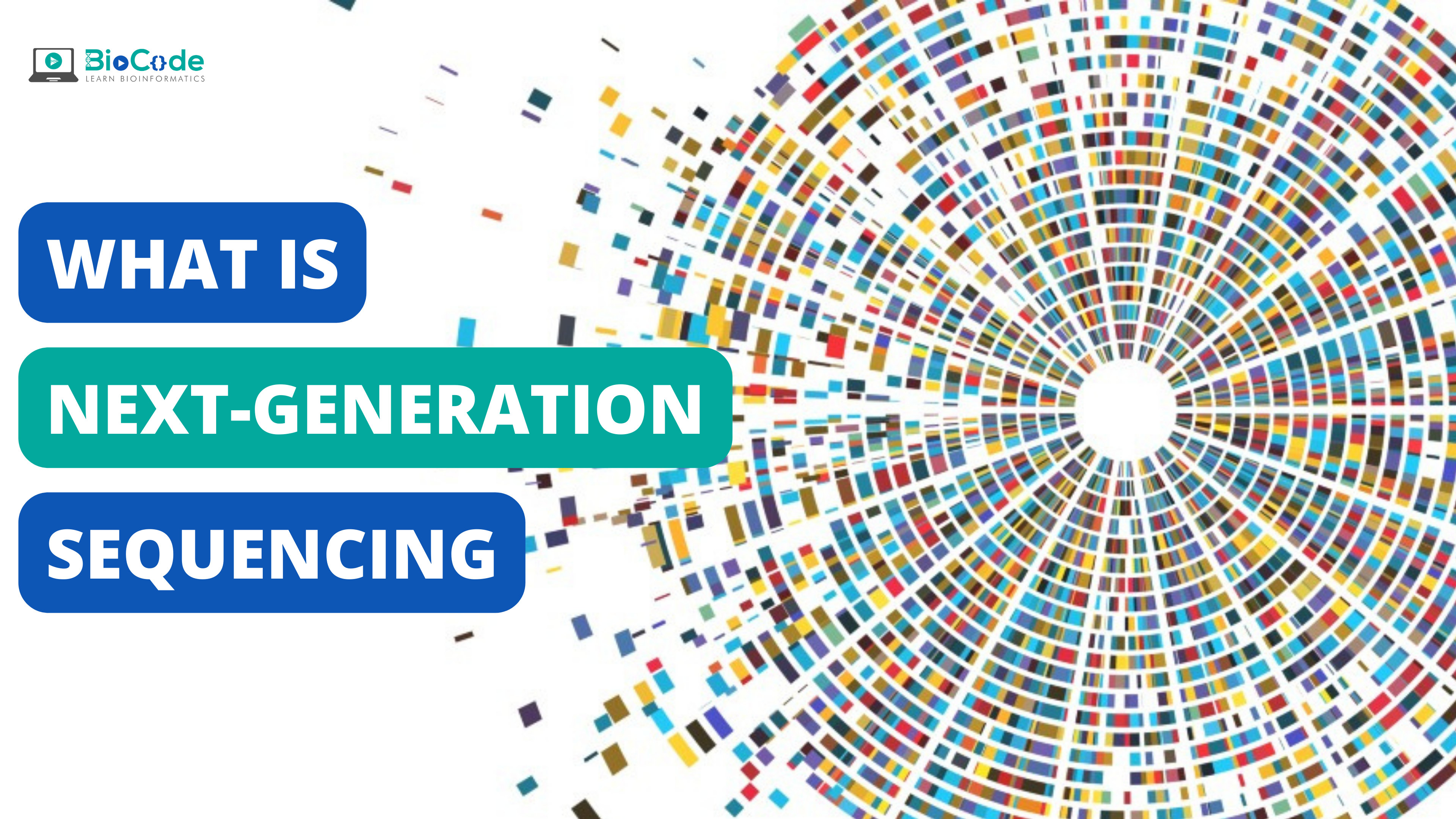One of the important aspect of NGS data is its usage in early disease diagnosis especially in cancer which was earlier not possible with conventional sequencing technologies such as Sanger Sequencing. The high demand for low-cost sequencing has driven the development of high-throughput sequencing, which is also termed as Next-generation sequencing (NGS). NGS can identify all those mutations which cannot be identified using conventional sequencing technologies.
Next generation sequencing has made great strides in sequencing technology as it enables sequencing of genes, base-pair level sequencing of whole genome or exome that can be performed in a high throughput manner with minimum errors and at a lower cost. As these sequencing platforms becomes more commonplace, there is an increasingly need for data specialists to extract biological information from the huge amounts of data produced.

Correspondingly, the field of bioinformatics is central to the interpretation and application of this biological data. Using mathematical and statistical methods implemented by a wide range of programmatic languages, bioinformatics tools organise, analyse and interpret biological information at the molecular, cellular and genomic level. Researchers can now sequence the whole genome, exome or transcriptome. The combined power of NGS and bioinformatics is vital for diagnostics, medical treatment and epidemiological research.
However, data storage and the complexity in interpreting enormous amounts of data obtained with NGS still remain a computational challenge to researchers, as for each sample, the number of different and very large analysis files are generated directly from the raw sequence file to the final result file. NGS resultant data is very complex, and its interpretation require expert Bioinformatics assistance, as a large number of mutations are identified from samples.
The emergence of next-generation sequencing (NGS) platforms imposes increasing demands on statistical methods and bioinformatic tools for the management of huge data. Even with the huge achievements made in NGS technology and bioinformatics, further improvements in bioinformatic algorithms are still required to deal with complex genetically heterogeneous disorders.


Grate ,my best of luck
I am interested
Get access here: http://20.29.51.135/courses/rna-seq-linux/